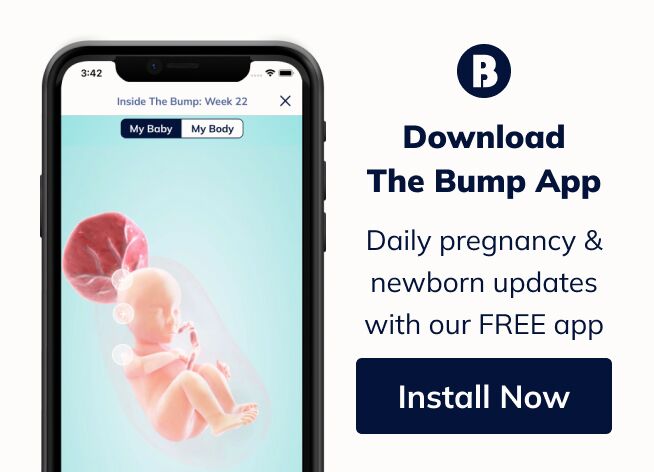Toddlers: 12 - 24 Months
Two RF Questions
Is RF best when it come to head-on collisions?
Or is being rear-ended more probable? Thanks!
This discussion has been closed.
Choose Another Board
Search Boards
TOP ARTICLES





Re: Two RF Questions
I don't think this is true at all. Rear facing is always safest, however the most benefit comes when in a front end collision because the force of the collision will cause baby to be cradled in the rear facing carseat. If child is FF in a front end collision, the head/arms/etc are all pulled forward, making them much less safe.
By the same idea, in a rear end collision, the impact will cause baby to move away from a RF carseat, so technically FF would be safer. However, something like 70% of crashes are front end collisions, and a much much lower percentage are rear end collisions, supporting RF. Also, most front end collisions happen at high speeds, while rear end ones are usually low speed with one car stopped or almost stopped, so they are much less likely to be fatal.
Actually, it's the opposite - kids are safer front-facing if hit from behind, but statistically you're more likely to be in a crash with front or side impact:
"In short, if your child is rear-facing, he has optimal protection in the types of crashes you are most likely to be in. If he is forward-facing, he may have optimal protection in a rear-end crash, but statistically, that is the least likely to happen and he is 60% more likely to be injured or killed in the types of crashes (frontal, side impact) you are most likely to be in."
https://www.cpsafety.com/articles/stayrearfacing.aspx
You're right! Sorry, I had that mixed up.
Thanks everyone, I've always wondered about that. I also found this info to share.
? A rear-facing car seat supports the entire head, neck, and back in a head-on collision.
? In a head-on crash, the restraint cradles and moves with the child, reducing stress to the neck and spinal cord.
? It is the shell of the car seat itself that absorbs the forces in a head-on crash.
This